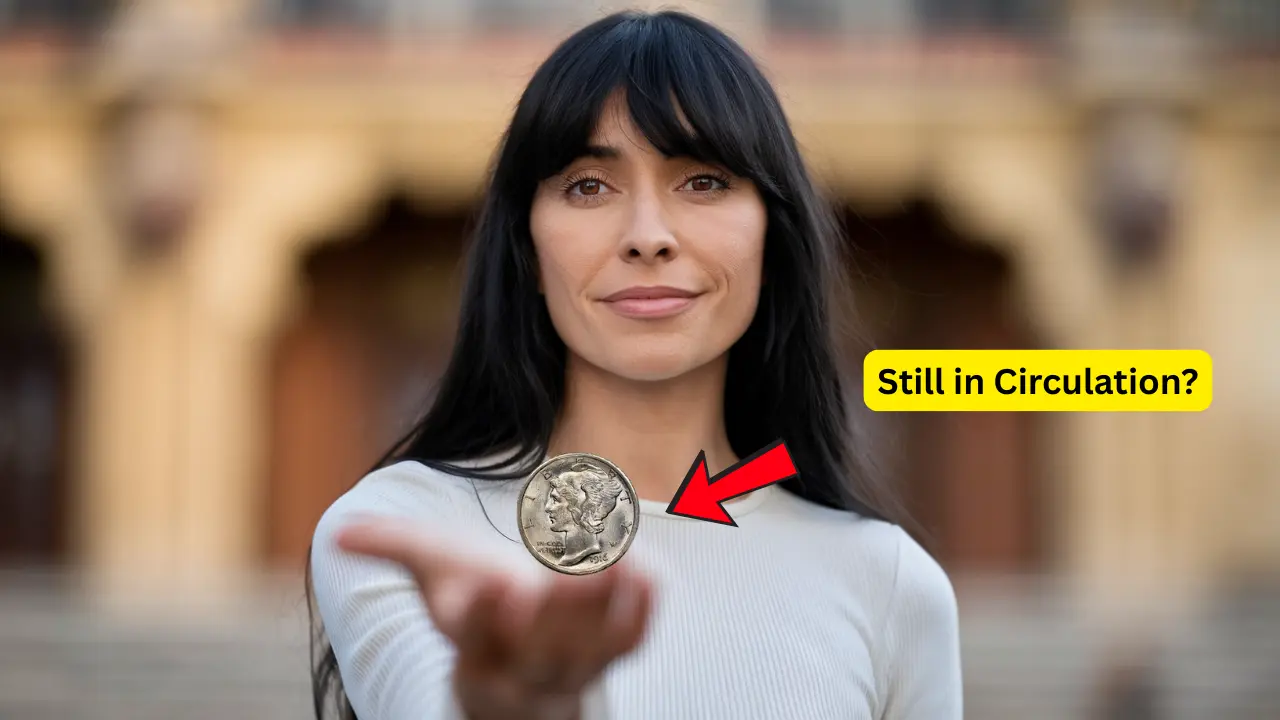In a surprising twist for collectors and everyday Americans alike, reports have emerged suggesting that a Mercury Dime — an iconic piece of U.S. coinage — has been valued at an astonishing $703K million. Even more remarkably, some examples are still believed to be quietly circulating among regular pocket change.
The Mercury Dime, officially known as the Winged Liberty Head dime, was minted from 1916 to 1945. Designed by famed sculptor Adolph A. Weinman, the coin features a portrait of Liberty wearing a winged cap, symbolizing freedom of thought. Over the decades, this small silver coin has captured the fascination of collectors for its artistry, historical significance, and now, its potential to turn an ordinary person into a multi-millionaire overnight.
Why Is the Mercury Dime So Valuable?
Not every Mercury Dime is worth a fortune, but specific versions have become highly sought-after. Factors that contribute to the sky-high valuation include mint errors, extremely low mintage years, pristine condition, and the rarity of finding certain editions with full “split bands” on the fasces (the bundle of rods on the reverse side of the coin).
For instance, Mercury Dimes from 1916-D (Denver mint) are already known to command thousands of dollars depending on their condition. But when rare anomalies like misprints or exceptionally preserved specimens come into play, the value can skyrocket beyond imagination.
Experts believe that the valuation nearing $703K million could be tied to a once-thought-lost prototype or an extremely rare minting error that has yet to be fully authenticated publicly.
Still Lurking in Spare Change?
While it may seem almost impossible, history tells us that rare coins do sometimes show up in circulation. Several cases have emerged where valuable coins were discovered in piggy banks, coin rolls, or even as change from a vending machine.
Because the Mercury Dime closely resembles the Roosevelt Dime that replaced it in 1946, many people might unknowingly pass one along without giving it a second glance. Especially worn Mercury Dimes can easily blend in with modern coins, meaning there could be incredible value hiding in plain sight.
What to Look For
If you are curious about whether you have a hidden treasure in your coin jar, here are a few things to check:
- Date and Mint Mark: Look for Mercury Dimes dated 1916 with a small “D” mark, or any unusually struck versions.
- Condition: Coins with crisp details and little to no wear are worth significantly more.
- Full Split Bands: Clear horizontal lines across the fasces on the back of the dime indicate a well-struck piece, increasing its rarity.
- Unusual Features: Double strikes, misprints, or off-center minting could add significant value.
Of course, any coin that appears unusual should be evaluated by a professional grading service to confirm its authenticity and market worth.
The Mercury Dime’s Legacy
Beyond its financial potential, the Mercury Dime holds an important place in American culture. Minted through two world wars and the Great Depression, it represents a slice of national history that endures today. Collectors revere it not just for its monetary value but for its artistic beauty and historical resonance.
Today’s staggering valuation serves as a reminder: the everyday coins we overlook could carry immense value. Whether tucked away in an old coin purse or hiding in a roll of dimes at the bank, the chance of finding a Mercury Dime worth a fortune continues to ignite imaginations across the country.

